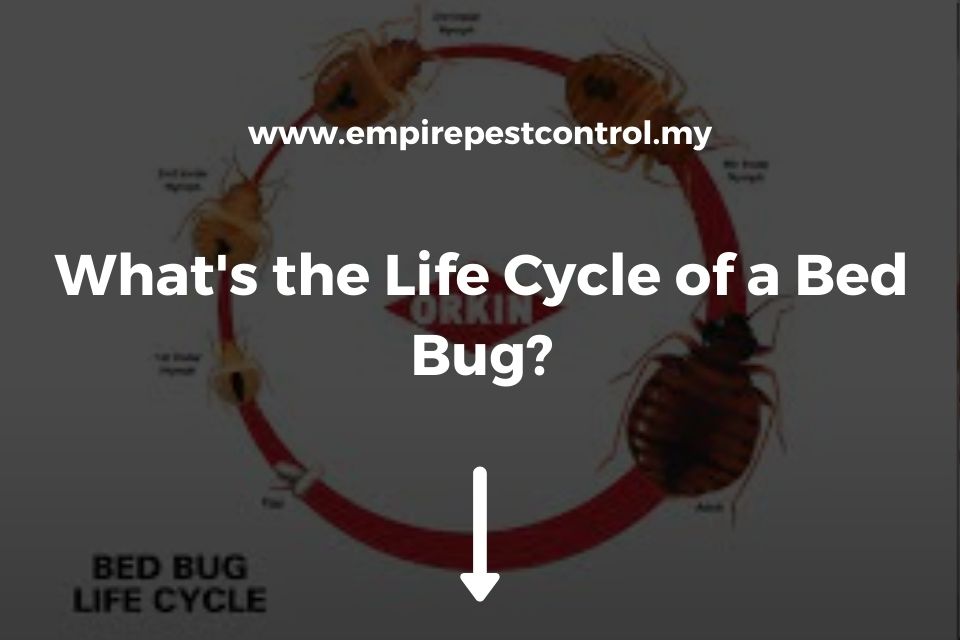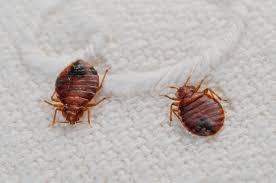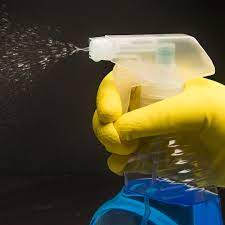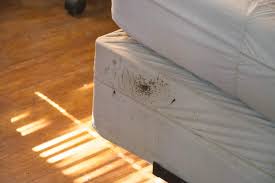Identifying and managing bed bug infestations can be challenging, as they frequently remain unnoticed until the infestation has already become significant.
They don’t just live in beds but also in upholstered furniture, clothes closets, and other items around your home or workplace, such as purses, briefcases, or laptop computers.
It’s important that you call in a bed bug elimination service and know the life cycle of these pests, so you can take steps to avoid them before they become a big problem!
Contents
What’s The Life Cycle of Bed Bugs?
Bed bugs are reddish-brown nocturnal insects that feed on the blood of people and other warm-blooded animals at night. The dorsoventrally flattened bodies of these wingless insects allow them to hide in places like floor crevices, carpets, beds, and upholstered furniture.
These are organisms that have certain life cycles, and the life of a bed bug begins with an egg that is grainy and milky white. The egg is around 1 mm in length and is about the size of two grains of salt. Eggs hatch in 6-10 days, and young bed bugs begin feeding right away.
They develop into nymphs, which go through 4 nymphal stages before reaching adulthood. Despite their resemblance to adults, nymphs are tiny and have not reached sexual maturity.
Adult bed bugs frequently feed and are much more active once they have reached maturity.
How to Eliminate Bed Bugs From Your Home?
Dealing with bed bugs can be irritating, especially when you don’t know what to do and whether you’re doing the right thing or not.
Once you’ve confirmed that bed bugs are invading your bed at night, you must act quickly.
The longer you wait to cure a bed bug infestation, the more expensive and time-consuming it will be to get rid of them. But don’t panic and toss your mattress out the window, believing your problem has been addressed; it hasn’t.
Learn about the many treatment choices and choose the one that best fits your needs and budget. In general, entirely eliminating bed bugs is not a quick, simple, or affordable operation.
To get rid of these pests, you should first vacuum all the areas where bed bugs could be hiding. This includes crevices, cracks, and other places they may reside.
You should also wash any linens that might have come into contact with bed bug droppings or blood stains in hot water for about 20 minutes to eliminate their eggs.
Lastly, if it comes down to using pesticides as part of your treatment plan, choose one that you’ve reviewed. Do proper research and talk to an expert before proceeding. This will ensure you don’t end up causing more harm than good.
Take note of those things if you would like to do it yourself, But if you want to save yourself the effort to do those things, then hiring a professional will solve your problem!
Contact your local bed bug experts and try to see what actions they need to do to get rid of your house pests!
Tips to Avoid Bed Bugs
Bed bugs may be a tremendous headache to get rid of, whether you find a single insect in your bag or a full-fledged infestation on your mattress.
Fortunately, there are a few easy actions you can do to significantly reduce your odds of finding bed bugs in your house.
- Use a bed bug interceptor. This is a small plastic tube with some sort of mesh or screen at the end that you can fill with talcum powder to keep bugs from crawling out.
- Vacuum your mattress and other furniture thoroughly on a regular basis.
- If there’s no way around it, use pesticides sparingly.
- Keep your bedding and clothes covered when not in use. Store them inside sealed plastic bags or bins with a few mothballs to deter bugs from coming out of their hiding places. Don’t forget to wash these items before putting them back on the freshly vacuumed mattress!
Remember, bed bugs are hardy little critters, and you’ll need to be persistent in your efforts if you want them gone for good!
Conclusion
We hope you learned something useful from this article on how bed bugs develop, how to avoid them, and how to completely remove bed bugs.
Please contact us if you have any queries or would like additional information on the subject!




